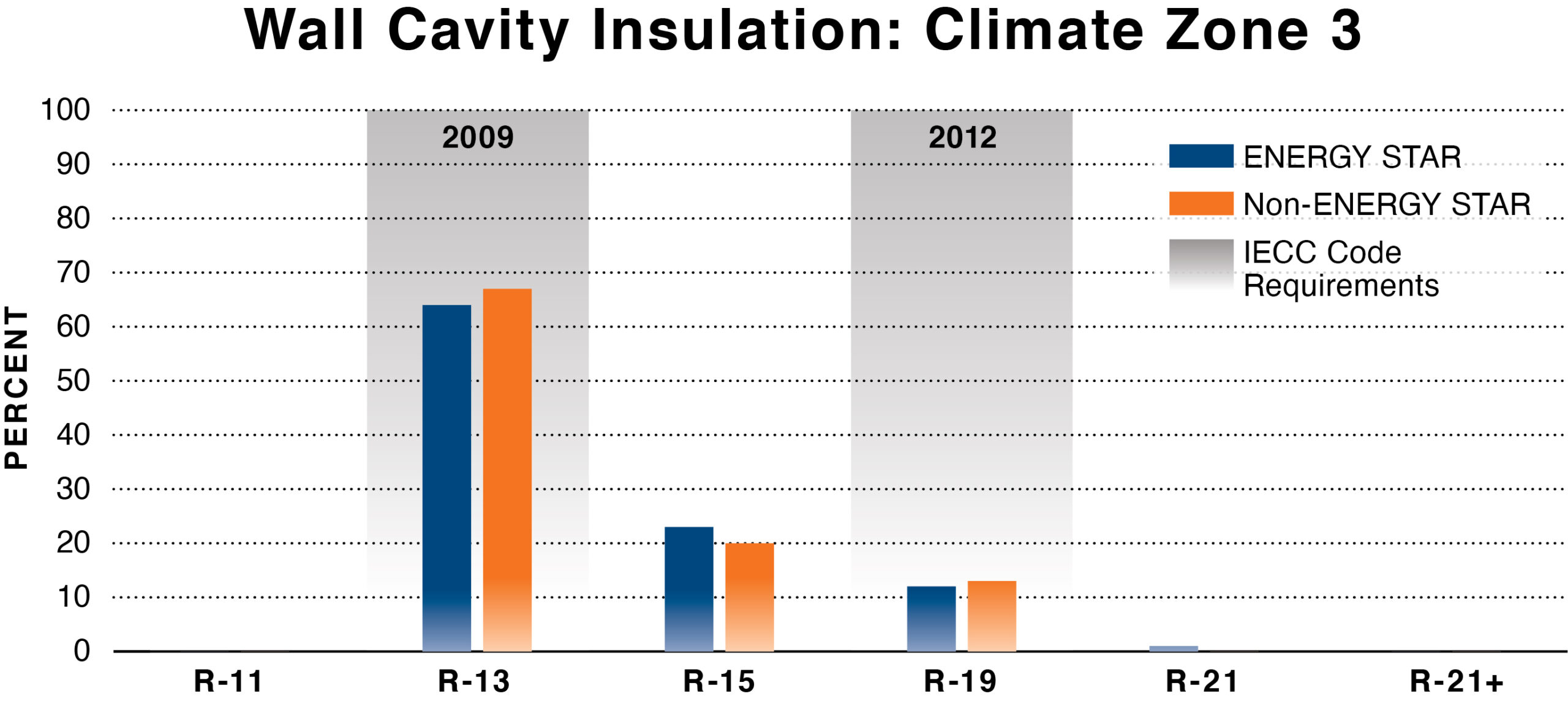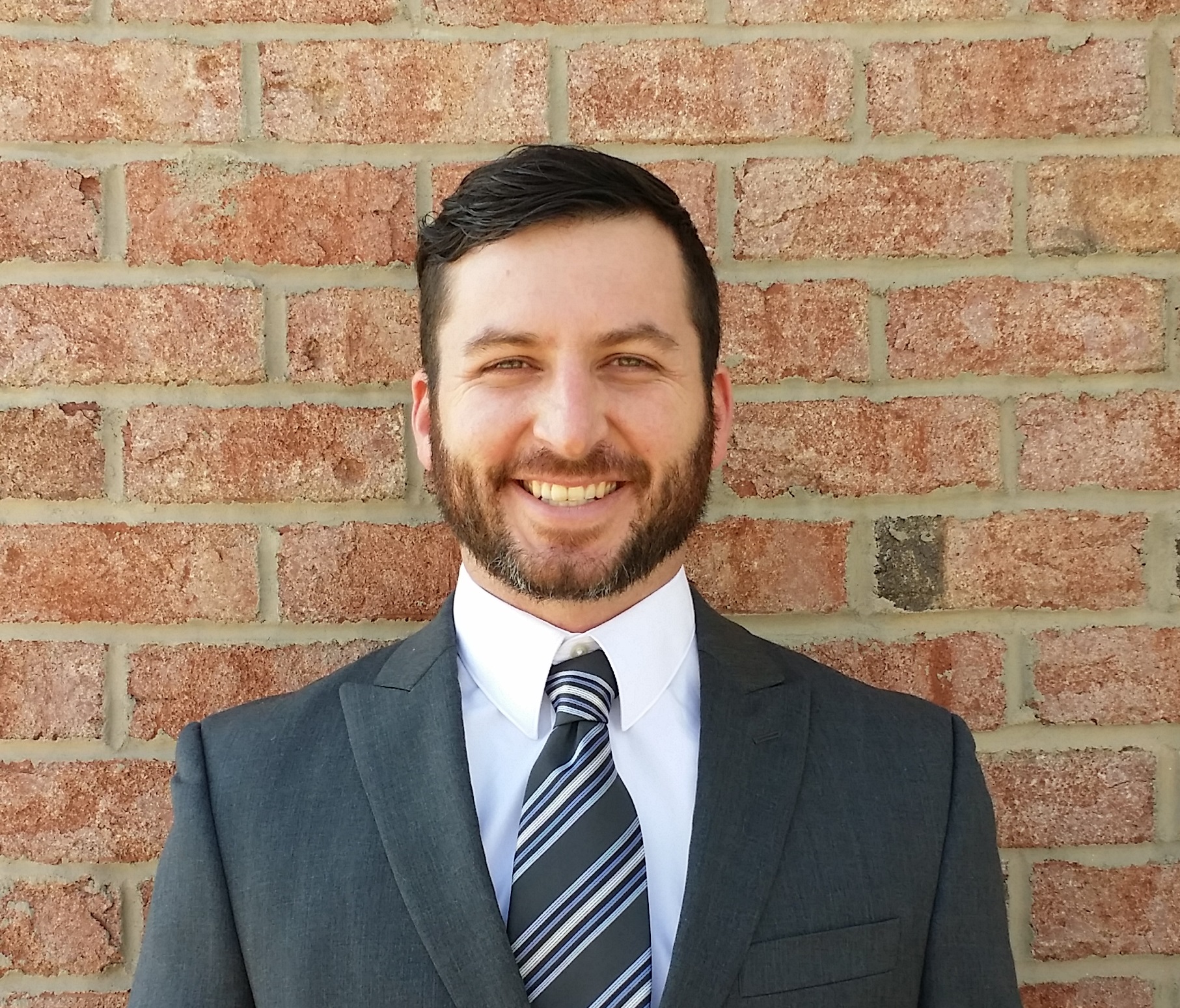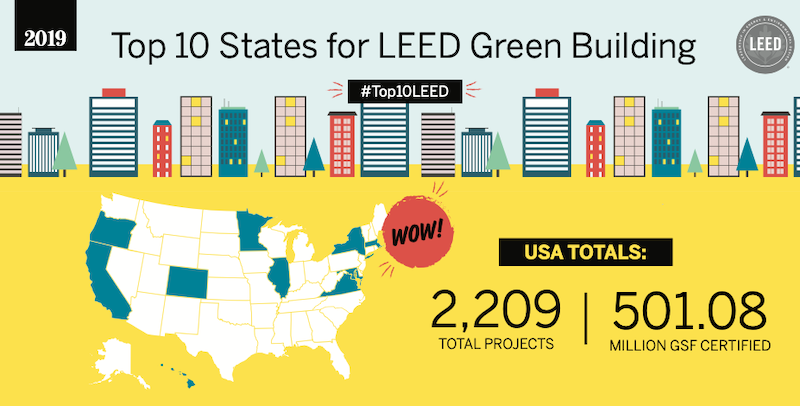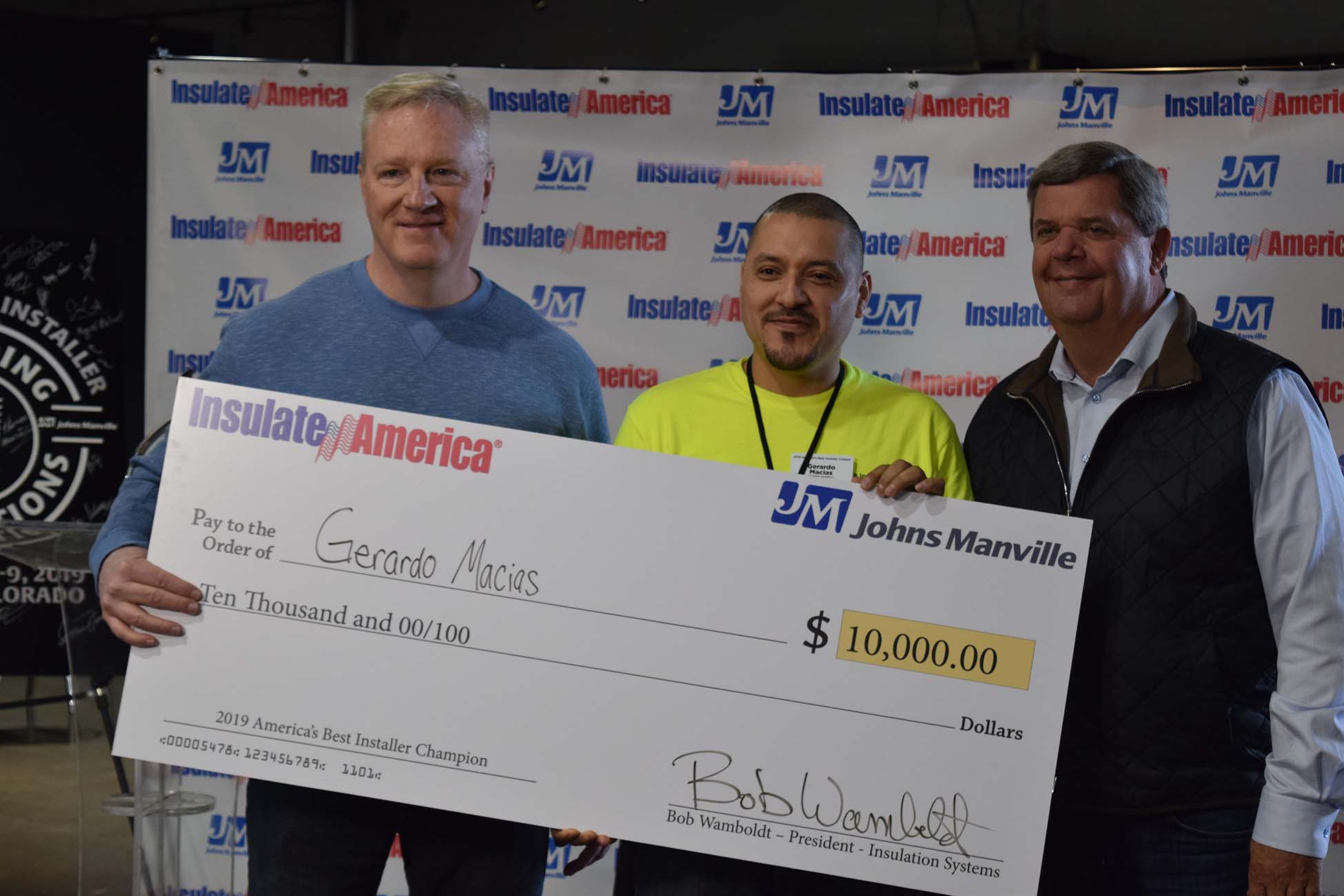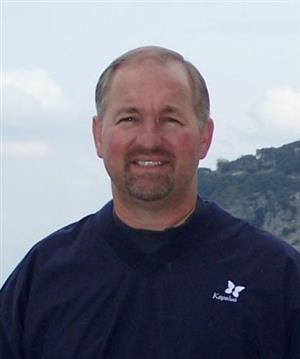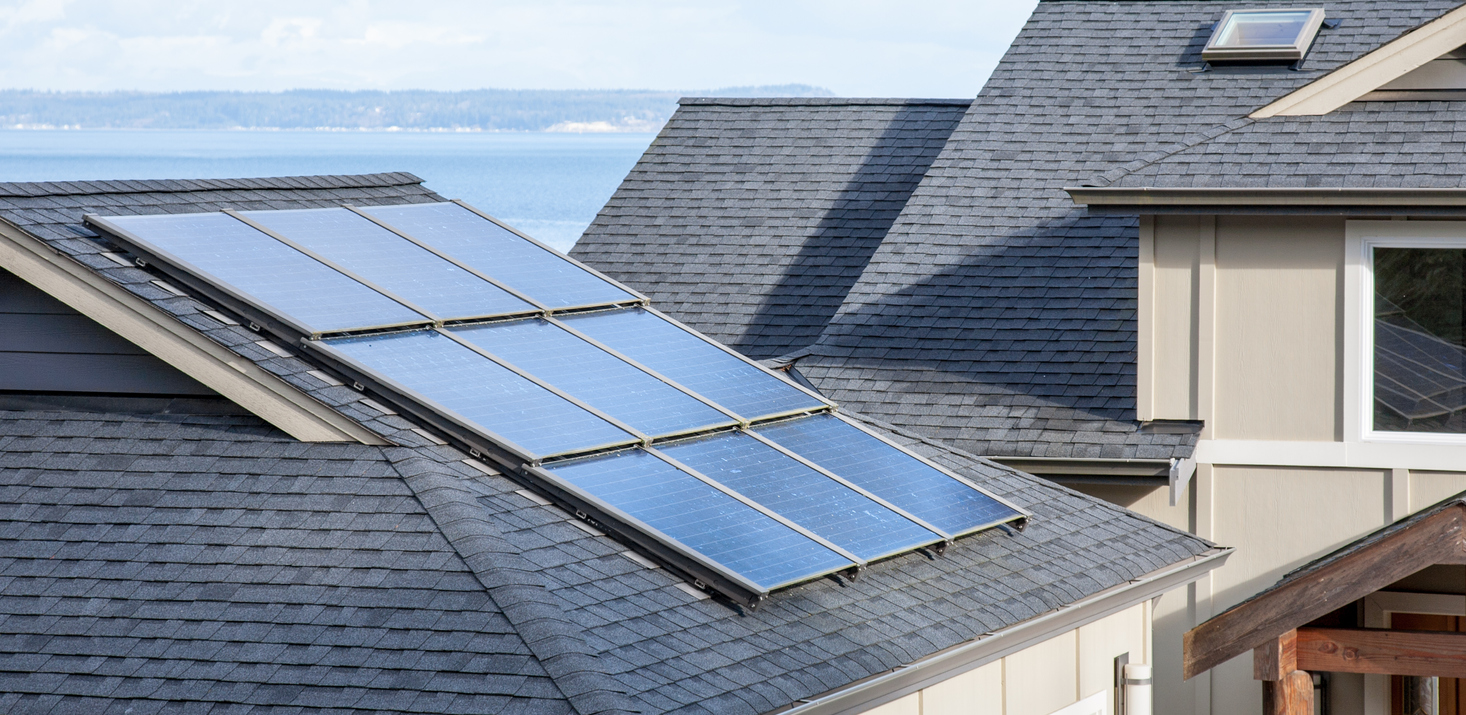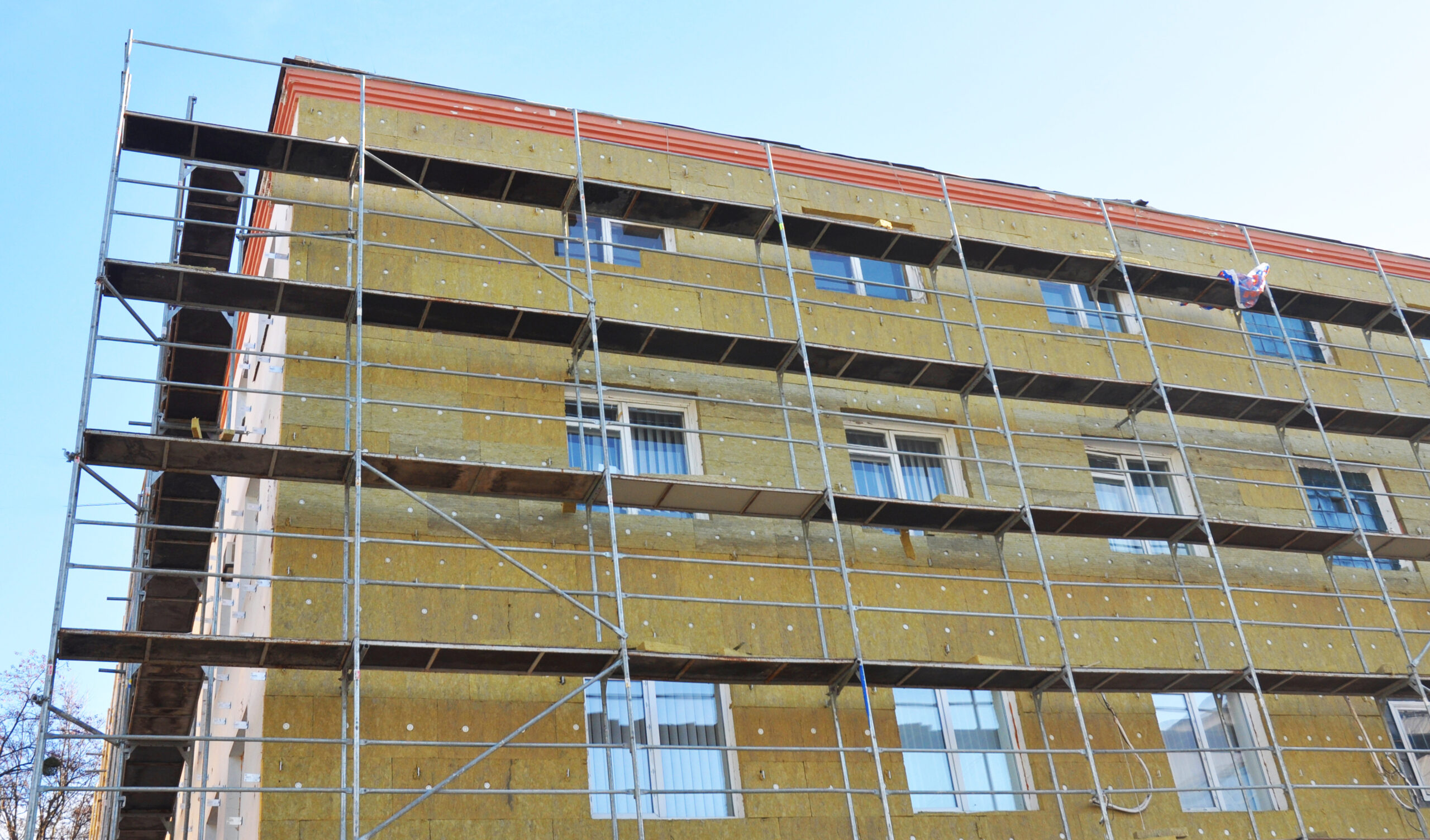For more than 25 years, the ENERGY STAR® Homes program has positioned itself as the market leader in cost-effective, energy-efficient new home construction. The Environmental Protection Agency (EPA) advertises that homes built to ENERGY STAR specifications are 10 to 20 percent more efficient than homes built to code1. But behind the advertising claim, what does an ENERGY STAR really demand from homes bearing its label? The ENERGY STAR Homes program reference designs for Versions 3 and 3.1 include 2009 and 2012 International Energy Conservation Code (IECC) envelope requirements, respectively. Oddly, the program’s inspection checklists only require the thermal envelope to meet 2009 IECC prescriptive requirements. ENERGY STAR also allows homes to go below 2009 IECC insulation2 levels if improved air sealing is achieved.
Details »Insulation Institute Blog
Posts Categorized: Performance
New Guide: Insulating Your Home Office for Sound Control
Developing Careers in Building Performance
Eighteen months ago, Insulation Institute spoke with North Carolina Building Performance Association (NCBPA) Founder & CEO, Ryan Miller, about a comprehensive Building Performance workforce development initiative that could serve as a model for other states and organizations in recruiting workers into the Building Performance trades. The initiative
Details »The Top 10 States for LEED Green Building
Leadership in Energy and Environmental Design (LEED) is the most widely used green building rating system in the world, and the number of LEED-certified buildings in the United States continues to grow. The U.S. Green Building Council (USGBC) recently released the top 10 states for LEED Green building in 2019, a year in which the total number of certified projects reached 1,181.
Details »Number of HERS-Rated Homes Grows
The number of HERS-related homes in the United States continues to expand, according to new data released by Residential Energy Services Network (RESNET). In 2019 a total of 241,909 homes in the United States were HERS-rated compared with 236,116 in 2018. That is an increase of 5,793 homes in one year. To date, 2.7 million homes have been HERS-rated.
Details »Meet America’s Best Installer
Gerardo Macias, an insulation installer with Northern Insulation in Wauconda, IL, is the winner of the 2019 “America’s Best Installer” competition, held Nov. 7-9 in Denver, CO, and won the event’s top prize of $10,000. The annual competition, hosted by Insulate America and Johns Manville, saw Macias compete against contenders for the title in the competition, now in its sixteenth year. Insulation Institute staff witnessed the final competition and talked with several of the attendees, judges, and contractors about what it takes to walk away with the title and more importantly, deliver top quality insulation installation in the field, where proper installation is essential to achieving peak home energy efficiency and comfort.
Details »Bentley’s 4 Rules for High-Performance Homes
Jeff Bentley is a fifth-generation home builder who’s built more than 4,000 houses and sold more than 2,000 homes in more than 45 years in residential construction. He’s also a HERS rater, LEED Green Builder and REALTOR® whose counsel on energy-efficient home building is highly sought after. Insulation Institute reached out to Bentley to find out what practices can help builders meet more stringent energy efficiency code requirements and dramatically improve the way homes are built in America. Here are Bentley’s four rules for High-performance Homes.
Details »The Air Sealing Learning Curve
When newer editions of the International Energy Conservation Code (IECC) are introduced in states, often there’s a learning curve for home builders, especially when it comes to verification of a home’s air tightness with a blower door test. Some builders are having a tough go of meeting the new requirements. Increasingly, they’re relying on energy efficiency professionals, like HERS raters to help them achieve the target. Insulation Institute spoke with Jonathan Lang, Manager of Training & Certifications for Knauf Insulation who is a BPI Certified Building Analyst, Building Performance Specialist, and ICC Residential Energy Inspector (whew!). We spoke about the challenges builders face in meeting air tightness requirements and why communication and education are so critical to meeting the targets.
Details »Building Envelope Efficiency Without Compromise
Which is the more cost-effective method of reaching energy code requirements, saving energy or generating it with solar panels on-site? According to a new report, the answer is clear.
Details »Mineral Wool: A Solution to Thermal Bridging
Thermal bridging or the escape of heat through low-performing areas in a building envelope presents a huge problem for builders interested in energy-efficient buildings. One of the reasons that modern buildings are now more energy efficient than ever is that newer building energy codes, like the 2015 IECC and ASHRAE 90.1 prescriptively include the use of continuous insulation in most climates to reduce thermal bridging. While there are many different continuous insulation products and applications, mineral wool is gaining in popularity as an effective solution in minimizing thermal bridging.
Details »
